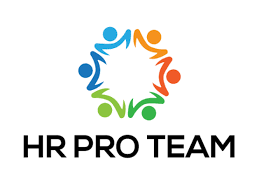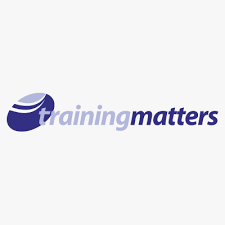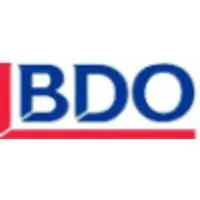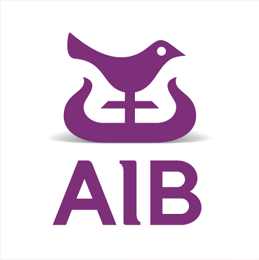Unlock The Secrets Of Corporate Structure — Deliver High-Impact Training With Confidence.
Use Oak Innovation’s editable training course material to power your training courses to your desired target audience. Control training content with a customizable slide deck, print workbooks, apply training games and more – all from one instantly available download.
You can now present this organizational structure course material to help your participants understand and identify corporate structures.
The training course material is aimed at anyone that needs to understand corporate structure in more detail.
Why Choose This Course Package?
- All-Inclusive Toolkit: Instantly access a 63-slide presentation, a 48-page workbook, training games, icebreakers, exercises, facilitator guides, reading lists, assessment tools, marketing materials, and actionable plans—no additional preparation required.
- Expertly Crafted Content: Cover essential topics including different organizational structures, management theories, division of labor, and the forces that shape successful companies.
- Practical, Proven Frameworks: Teach participants the six key models of organizational structure—bureaucratic, vertical, horizontal, departmentalization, network, and virtual—plus Mintzberg’s five configurations and seven forces, giving them real-world tools to analyze and improve any organization.
- Immediate Impact: Help learners understand critical concepts, explore organizational dimensions, and apply their knowledge to drive efficiency, innovation, and collaboration within their teams.
Perfect For You:
- Corporate trainers and facilitators seeking a professional, time-saving solution.
- HR managers and consultants looking to upskill staff or clients.
- Anyone responsible for organizational development or change management.
What You’ll Achieve:
- Deliver a polished, interactive workshop that demystifies corporate structure.
- Equip participants to recognize, evaluate, and optimize organizational design.
- Foster engagement and retention with hands-on activities and real-world examples.
Trusted By Leading Brands.
Order now and gain instant access to a trusted, field-tested course that will elevate your training sessions and empower your audience to succeed in any organizational environment.
Topics Covered.
Here’s what is covered:
- Different structures within organizations.
- Why these structures exist.
- Key concepts and various management theories.
- The types of existing structures.
- What underpins organizational structures.
- Division of labor.
1. Introduction
- The benefits of structuring organizational activities to achieve the goals of an organization.
- What is an organization?
- Common concepts and dimensions of organizational structure.
2. Mintzberg’s Theory
- The fundamental concepts of organizational structure as proposed by Henry Mintzberg.
- Five structural configurations (simple structure, machine bureaucracy, professional bureaucracy, divisionalized form, and adhocracy).
- The seven forces (direction, efficiency proficiency, concentration, innovation, cooperation, and competition).
3. The six models of organizational structure
- Bureaucratic.
- Vertical.
- Horizontal.
- Departmentalization.
- Network.
- Virtual.
Learning Objectives.
Your participants will:
- Understand the critical organizational concepts.
- Explore the main dimensions of organizational structure.
- Examine the concepts of force and form within organizations.
- Understand six models of organizational structure.
What You Get:
- Slide Deck (63 slides)
- Course Workbook (48 pages)
- Training Games
- Icebreakers
- Activities And Exercises
- Training Guides
- Reading Lists
- Assessment Tools
- Marketing Materials
- Action Plans




















![Coaching & Mentoring Skills Training Kit [FREE SAMPLE]](https://www.oakinnovation.com/wp-content/uploads/2022/06/krakenimages-376KN_ISplE-unsplash-1-scaled-jpg-350x250.webp)




















































